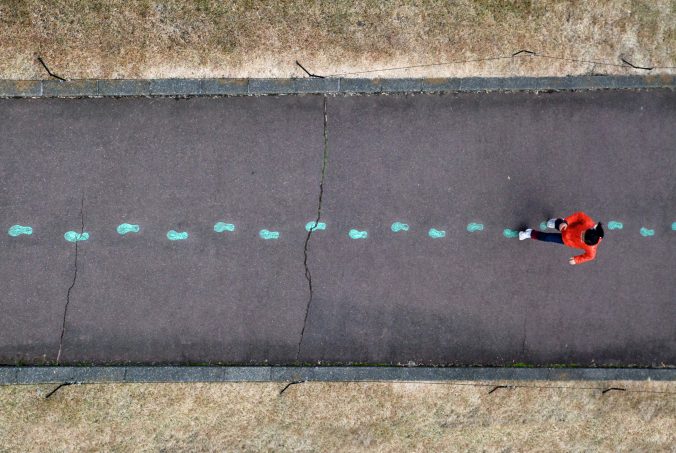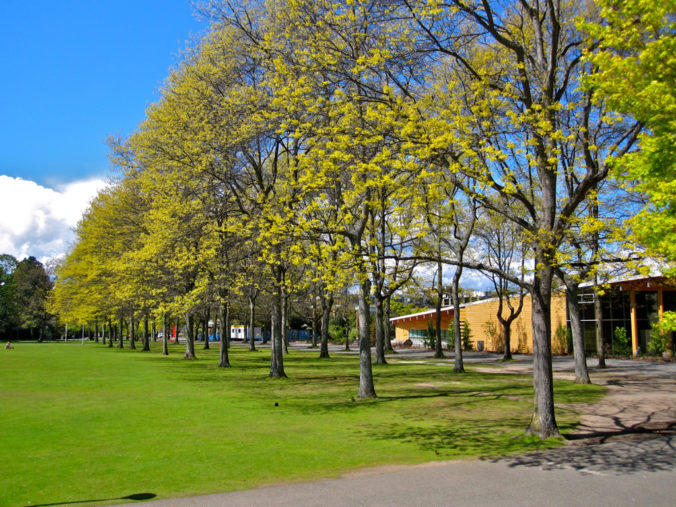In thinking about my PLN, I feel that it can definitely be used to help my professional development post- course. I have taken a different approach to my social media platform usage. I am now a little bit more serious about how it can be used to make sure that I get the most out of it. I have also decided on making separate accounts so that I can use one for personal reasons, and the other one for more serious networking and self-promotion. However, one important thing I have learned from the course is how a person cannot just limit things that easily, and that we should be open to learning experiences in areas that we might not have considered before.
I also think that my PLN can be relied on to open professional opportunities in that I will be able to connect to people in the fields that I am interested in. Through my PLN, I will also be able to search for many people and organizations that could be helpful through my own process. As Couros an Hildebrandt wrote, ICT is a means for many ends. In developing countries, ICT is a way for them to abandon economic dependence and they can raise capital in different ways (p. 72). I think that the world will focus more networks between countries and between organizations, and it is important that I understand these tools and ideas so that I can further my own career in this connected world.
Along with learning about different concepts and ideas, I think the most important thing I was able to learn was to change my perspective. Like many people, I saw digital technology as something that was out there and that I had to surf on in a passive way. Now I feel that I have more control over it than I had thought previously, and that I can direct my own interactions with it.


Recent Comments